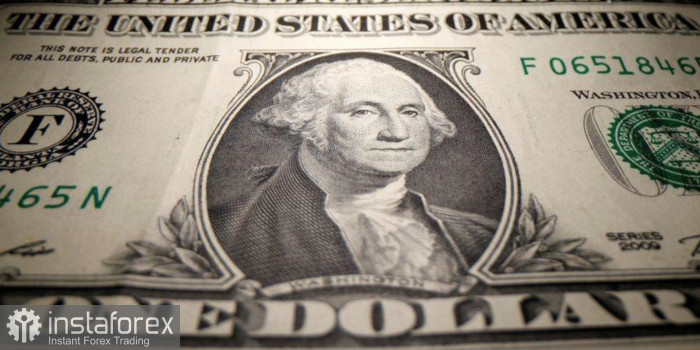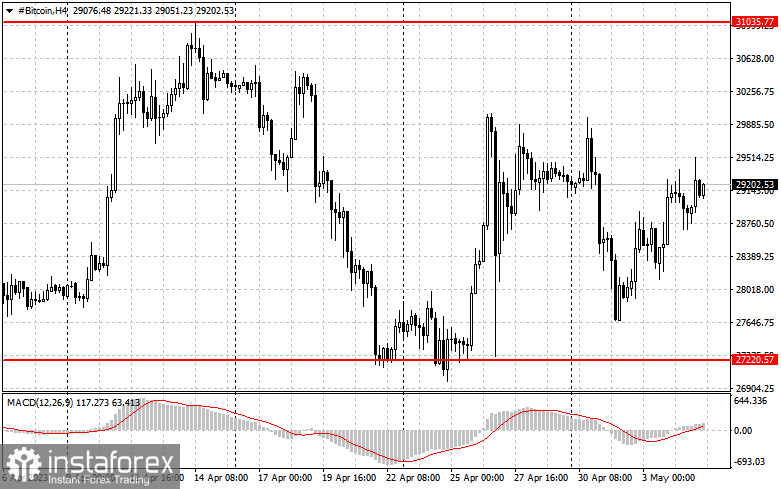Following turbulent days triggered by US bank collapses, US stock index futures are showing signs of recovery. Both the S&P 500 and Nasdaq 100 futures rose by 0.7%, while the US dollar index regained some of its losses from the previous day. Treasury bond yields have also increased.
Today, the spotlight will be on the US employment report and speculations surrounding the Federal Reserve potentially cutting interest rates in response to tighter credit conditions. Swap contracts currently suggest a 50% chance of a rate reduction as soon as July.

In the premarket, PacWest Bancorp's shares surged by 28%, and Western Alliance Bancorp rose by 20%. Earlier this week, both companies experienced declines, causing a notable drop in the S&P 500 due to increasing concerns about stress in the financial system. If US data remains robust, stock indices are likely to face pressure again.
The Department of Labor's monthly report will provide essential information to the Federal Reserve and Chairman Jerome Powell on the health of the labor market. Economists forecast that hiring slowed down in April, with only 185,000 jobs added. Concurrently, the unemployment rate is predicted to inch up from the historically low levels observed last month.
Despite the faint possibility of a pause in interest rate increases, many experts caution that it is not the right time to purchase stocks, as capital outflows continue due to concerns over rising inflation and a looming recession. Bank of America Corp. released a forecast reflecting this sentiment today. The bank's report, referencing EPFR Global data, states that ETF outflows hit $6.6 billion for the week ending May 3, the largest amount in over two months.
JPMorgan Chase & Co. strategists recommend that investors seeking protection from a potential downturn might turn to gold and tech stocks, presenting a positive outlook for NASDAQ. The ongoing US banking crisis has already spurred demand for gold, pushing its value to a new record high.
Meanwhile, oil prices jumped by nearly 3%, as traders speculated that the recent sell-off may have been excessive.

As for the S&P 500 index, demand is slowly recovering. Bulls need to hold steadfast at $4,065 and target a bounce back to $4,091, pushing the price to $4,116 and $4,184. In addition, bulls need to maintain control above $4,208, which would establish a new bull market. If the index declines due to risks from a banking crisis and robust macroeconomic data driving inflation upward, bulls will have to protect $4,064. Breaking below this level, the trading instrument may plummet to $4,038 and $4,010.





















